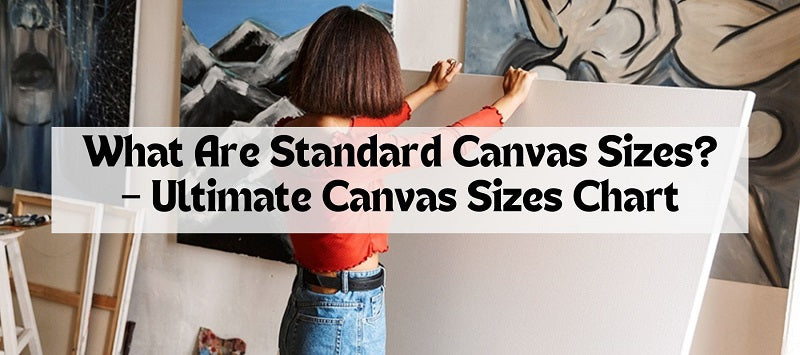
Are you an artist looking for the perfect canvas size for your next masterpiece? Or a craftsperson looking to frame your art project? No matter what kind of creative work you do, knowing the standard canvas sizesis important.
This article is here to guide you. We'll take you through the available canvas sizes and their uses and provide you with an ultimate canvas sizes chart. This will help ensure that your next art or craft project looks its absolute best.
Let's get started!
What Are Standard Canvas Sizes?

Bella canvas 3001 size chart
You know that creating art is a highly personal and unique experience. There is no right or wrong canvas size, and it is completely okay if your painting does not fit into a standardized canvas size. However, you should remember that using a standard-size canvas can be beneficial for artists who wish to sell their work.
Standardized canvas sizes have become popular for a reason. They make it easier for buyers to envision a particular artwork's appearance in their homes. And it also helps them to determine the right size for their wall space. So, if you wish to increase your chances of selling your art, using a standard canvas size is a smart choice.
If you’re an artist, you should not let the standard canvas sizes limit your creativity. If you have a unique idea for a painting that requires a non-standard-size canvas, go for it! Your creativity is what sets you apart from other artists, and it’s important to embrace it.
While standard canvas sizes are available, don’t let them limit your creativity as an artist. Choose the size that best suits your artwork, and keep in mind the room's dimensions where it will be displayed. The canvas size chart below can help guide you in making the right decision for your artwork:

Bella canvas size chart
How to Choose the Suitable Size of Canvas for Your Artwork

Bella canvas youth size chart
When choosing a canvas size, it’s important to consider the room's dimensions where the painting will be displayed. A smaller canvas size may be more appropriate if the room is smaller. Similarly, a bigger canvas size may work better if the room is larger.
Another thing to keep in mind is the aspect ratio of the canvas. This refers to the relationship between the height and width of the canvas. Different aspect ratios can create different effects and moods in your artwork, so choosing one that complements your artistic vision is important.
In this article, we aren't just going to give you a list of typical canvas sizes. We'll also provide some handy suggestions so that you can make the most thoughtful decision for your art piece. So, make yourself comfortable, grab a cup of your favorite drink, and let's dive into the world of canvas sizes!
1. Small Canvas Sizes

Big canvas sizes
When it comes to small canvases, there are two standard sizes you should consider:
These sizes are commonly used for greeting cards and postcards and are great for creating smaller and more detailed paintings. Additionally, these sizes are perfect if you want a single image to stand out.
One of the advantages of using small canvases is that they're more affordable and easier to transport than larger sizes. You can also experiment with different techniques and styles on a small canvas before moving on to a larger piece.
However, remember that the smaller size may limit the detail you can include in your painting.
In terms of best use, small canvases are great for creating mini masterpieces that can be displayed in various spaces, including offices, bedrooms, and even bathrooms. They're also perfect for creating a series of paintings that can be hung together to create a cohesive look. Finally, if you're interested in selling your artwork online, using small canvases means that your paintings can easily be turned into photographs and prints that can be sold and shipped to customers worldwide.
Overall, small canvases offer a lot of versatility and are a great choice for artists of all skill levels. Regardless of your art level, these canvas sizes are worth considering.
2. Medium Canvas Sizes

Canvas print sizes
When it comes to medium-sized canvases, there are more options available than small ones.
The most common rectangular sizes are:
However, there's also a square option available:
This canvas size is also considered medium-sized, and it can add an extra level of dimension to a gallery wall made up of rectangular canvases.
One of the advantages of medium-sized canvases is that they offer more space to work on compared to small canvases. This allows you to experiment with various brush sizes and painting techniques without feeling cramped. Additionally, medium-sized canvases are versatile and can be used for various painting styles, including still life, landscape, and portraiture.
On the downside, medium-sized canvases can be more expensive than small canvases. They can be more difficult to transport due to their larger size. However, medium-sized canvases are the way to go if you're looking to create a statement piece or a painting that will be the focal point of a room.
Overall, medium-sized canvases are a great choice for painters just starting out or those who want to create larger and more detailed paintings. They offer a good balance of space and manageability and can be used for various painting styles and techniques.
3. Large Canvas Sizes

Canvas size
When it comes to creating a truly magnificent and eye-catching art piece, a large canvas can be just what you need. Large canvases are perfect for paintings of seascapes and landscapes, as they provide ample space to capture the grandeur of these scenes. The standard sizes for large canvases are:
One of the major advantages of a large canvas size is that it creates an impressive focal point in a room, hence drawing attention and creating a dramatic impact.
However, large canvases can be more difficult to transport and store because of their size. Additionally, it's important to ensure that the space you plan to hang the canvas has enough room to accommodate it.
When deciding on the best use for a large canvas, consider the space in which it will be displayed. Because it is a statement piece, it should not be hung near other competing artworks. Instead, it should be hung in a prominent location where it can be fully appreciated.
4. Other Canvas Shapes and Sizes
You'll be happy to know that canvases come in various shapes and sizes, so you have plenty of options beyond the standard ones we mentioned earlier. While these unusual canvases may not be as common, they could be just what you need for a specific painting you have in mind. So, it's worth checking them out! In this section, let's dive into some of these other canvas shapes and sizes:
4.1. Mini Canvases

Canvas size chart
Mini canvases are a great option for artists who love to work on a small scale, such as those who create miniature paintings.
These canvases are typically smaller than 4 x 6 inches (10.16 x 15.24 centimeters). Square mini canvases can come in sizes like 2 x 2 inches (approx. 5.08 x 5.08 centimeters) or 3 x 3 inches (7.62 x 7.62 centimeters).
One of the advantages of working with mini canvases is that they can be a great way to experiment with new techniques or ideas on a small scale before committing to a larger canvas. They're also very portable, making them ideal for artists who like to work on the go or who want to create a small piece that can be easily displayed or gifted.
However, it's important to note that working on such a small scale can also have its challenges. For example, achieving fine details or working with larger brushes or tools may take a lot of work. Additionally, there may be better options than mini canvases for creating pieces that need to have a larger impact or be viewed from a distance.
Overall, mini canvases are best used for creating small, detailed works of art or for experimenting with new ideas on a small scale.
4.2. Square Canvases

Canvas size guide
If you're interested in displaying a collection of pictures that are thematically similar or even identical, then square canvases might be a great option for you. A famous example is Andy Warhol's "Shot Marilyns" from 1964, which consists of four square canvases arranged in a square shape. Each canvas features a different color and an image of Marilyn Monroe.
While these canvases are quite large, measuring 40 x 40 inches (101.6 x 101.6 centimeters), more standard square canvas sizes are also available. These sizes include:
Regarding the pros of using square canvases, they offer a unique and eye-catching way to display your artwork. They can also be great for creating a series of related pieces, providing a uniform and cohesive look.
However, there are also some cons. Square canvases can be more difficult to frame and display than rectangular ones. They may only work well for certain types of artwork.
Ultimately, the best use of square canvases is for artwork that is specifically designed to be displayed on a square canvas or for artists who are looking to create a collection of related pieces with a uniform look.
4.3. Oblong Canvases

Canvas sizes
When looking for a longer-than-wide canvas, oblong canvases are a great choice for artists who want to create panoramic paintings. They are similar to rectangular canvases but with a more elongated shape that works well when mounted vertically or horizontally.
Oblong canvases can be arranged in groups of two or three, called diptychs or triptychs, to create a larger composition. They come in various sizes, from small canvases measuring 3 x 6 inches (7.62 x 15.24 centimeters) to large canvases measuring 12 x 36 inches (30.48 x 91.44 centimeters).
Some pros of oblong canvases are that they allow for a wider range of compositional possibilities, especially for panoramic landscapes, seascapes, or cityscapes. They are also great for creating a cohesive series of paintings, particularly when displayed in a triptych.
However, a con of oblong canvases is that they may not be suitable for certain subjects, such as portraits or still-life paintings.
The best use of oblong canvases is to emphasize the subject's horizontal or vertical nature and create a sense of movement or space in the artwork. They are particularly effective for painting wide landscapes, seascapes, or skylines and creating abstract or contemporary pieces requiring a more elongated canvas shape.
4.4. Custom-Sized Canvases

Canvas sizes chart
As an artist, you may encounter projects that require a canvas size that is not readily available in stores. In such cases, you can order a custom-sized canvas or stretch it to fit your desired dimensions.
While custom canvases can be costly, they offer the flexibility to create artwork in a unique size and shape that suits your artistic vision.
However, it's important to remember that custom canvases may take longer to produce and require extra care when handling and transporting. Consider using a custom-sized canvas to create a large-scale or unconventional piece that requires a specific size and aspect ratio.
What to Consider When Selecting the Right Canvas Size?
Now you know about all the canvas sizes on the market, choosing the right size for your artwork with so many options can be overwhelming. However, don't worry. We've got you covered.
This section will take you through everything you need to know to select the perfect canvas size. We'll consider the ratio aspect, the material of your canvas, and other important factors that will help you make an informed decision. Choosing the right canvas size doesn't have to be complicated; we're here to help simplify the process. Let's get started!
1. Canvas Aspect Ratio

Canvas sizes michaels
Regarding canvas aspect ratio, it refers to the proportion between the canvas's height and width. Choosing the right aspect ratio is essential to ensure that your painting looks balanced and proportionate.
A common aspect ratio for a canvas is 3:4 or 4:5, but you can choose any ratio that suits your artistic vision. Keep in mind that some sizes and ratios might be more expensive than others.
It's also important to consider the subject matter of your painting when selecting the aspect ratio. For example, a landscape painting might benefit from a wider aspect ratio to capture the vastness of the scene. In comparison, a portrait might require a taller aspect ratio to highlight the subject's features.
2. Canvas Material
Choosing the right canvas material can make a big difference in the quality and longevity of your artwork. Different types of canvas materials are available, but the two most common are cotton and linen.
2.1. Cotton Canvas

Canvas sizes on wall
Cotton canvas is the most widely used canvas material, and it’s also the most affordable. It’s made from cotton duck, a tightly woven material stretched over a wooden frame. Cotton canvas is easy to work with, as it’s flexible and can be stretched without cracking.
One of the main advantages of cotton canvas is its affordability. It’s a great choice for artists just starting out or working on a tight budget. It’s also widely available and can be found in various sizes and weights.
However, cotton canvas also has its limitations. It’s not as strong as linen canvas, and it can be prone to shrinking or expanding over time, which can affect the stability of your artwork. Cotton canvas is also more prone to yellowing and deterioration over time.
Despite these limitations, cotton canvas is a great choice for many artists. It’s affordable, easy to work with, and produces great results.
2.2. Linen Canvas

Canvas stand size
Linen canvas is considered the top-of-the-line canvas material for artists. It’s made from linen fibers, which are stronger and more durable than cotton fibers. Linen canvas is also more stable than cotton canvas, meaning it’s less likely to shrink or expand over time.
One of the main advantages of linen canvas is its durability. Linen fibers are less likely to break down over time, meaning your artwork will last longer. Linen canvas is also less prone to yellowing and deterioration over time.
However, linen canvas is also more expensive than cotton canvas. It’s a great choice for artists looking to create high-quality, long-lasting artwork, but it’s not the best choice for those on a tight budget.
Overall, the choice between cotton and linen canvas comes down to personal preference and budget. Cotton canvas is a great choice for beginners or those who are on a tight budget. In contrast, linen canvas is the preferred choice for professional artists who are looking to create museum-quality artwork.
3. Canvas Weave

Different canvas sizes
The weave of a canvas refers to the texture created by the threads that make up the canvas surface.
There are two main types of weave: plain weave and twill weave.
- Plain weave creates a smooth surface and is ideal for fine-detail paintings.
- Meanwhile, the twill weave has a more textured surface and is better suited for bold and expressive brushstrokes.
Additionally, the tightness of the weave can also affect the texture of your painting. A tighter weave will produce a smoother surface, while a looser weave will create a more textured surface. It's important to consider the style and technique of your painting when selecting the weave of your canvas.
4. Canvas Weight

Large canvas sizes
The weight of your canvas refers to the thickness of the fabric. A heavier canvas can be more durable and less likely to sag over time, while a lighter canvas can be easier to stretch and transport.
When choosing a canvas weight, consider the size and orientation of your canvas and the medium you will be using. A larger canvas may require a heavier weight to prevent sagging, while a smaller canvas may require less support. Additionally, some mediums, such as oil paint, may require a heavier-weight canvas to prevent the paint from bleeding through the fabric.
5. Stretched Canvas vs. Canvas Panels
When it comes to choosing the right canvas for your painting, you have a couple of options to consider: stretched canvas or canvas panels.
Stretched canvas is the more traditional option and is made up of a piece of canvas stretched over a wooden frame, also known as stretcher bars. This creates a surface that is taut and ready to paint on. Stretched canvases can be purchased pre-stretched and ready to use, or you can stretch your canvas over the bars yourself.
On the other hand, canvas panels are made of a piece of canvas that is adhered to a rigid board, usually made of cardboard or wood. They are often thinner and more lightweight than stretched canvases, making them easier to transport and store. While they may not have the same depth and texture as stretched canvases, they are still a great option for smaller paintings and studies.
5.1. Stretched Canvas

Painting canvas sizes
Stretched canvas is an artist's classic choice and is often considered the gold standard for painting surfaces. They offer a sturdy and durable surface ready to paint on. The stretched surface allows for more flexibility and creativity in your brushstrokes.
One of the benefits of the stretched canvas is that it comes in various sizes and depths, allowing you to choose the perfect canvas for your painting. They can also be easily hung on a wall once your painting is complete, making them a great option for creating gallery-worthy pieces.
When choosing a stretched canvas, it’s important to consider the quality of the canvas and the stretcher bars. Look for high-quality materials that withstand time and hold up well to wear and tear.
Another consideration is the depth of the canvas. A deeper canvas will give your painting more dimension and make it stand out when hung on a wall. However, a shallow canvas can be easier to work with and more appropriate for certain painting styles.
Overall, stretched canvases are a great option for artists of all levels and can provide a reliable surface for your artwork.
5.2. Canvas Panels

Size of canvas paintings
Canvas panels are popular for artists who want a lightweight and portable painting surface. They are made by adhering a canvas to a rigid board, creating a flat and stable surface to paint on.
One of the benefits of canvas panels is that they are often less expensive than stretched canvases, making them a great option for artists on a budget. They are also easy to store as well as transport, making them ideal for plein air painting or creating studies and sketches.
However, canvas panels do have some drawbacks. Because they adhere to a rigid board, they do not have the same flexibility as stretched canvases, making them more difficult to work within certain painting styles. They also offer a different depth and texture than stretched canvases, limiting your artwork's creative possibilities.
Despite these drawbacks, canvas panels are a versatile and convenient option for artists who want a portable painting surface that is easy to use and store. They are also a great option for artists just starting out and who want to experiment with different surfaces before investing in more expensive materials.
6. Framing

Sizes of canvas
Framing your canvas is a great way to protect and enhance your artwork. When selecting a frame, consider the style and color of your artwork and the decor of the room where it will be displayed. A frame can provide a finished look to your piece and protect it from dust and damage. Choosing a frame that fits the size of your canvas and complements its style is important.
Different types of frames are available, including wooden, metal, and plastic. Wooden frames are the most common and provide a traditional and classic look. Metal frames are more modern and can be a great choice for contemporary art. Plastic frames are lightweight and affordable but may not be as durable as wooden or metal frames.
Another important consideration when selecting a frame is the type of glass or acrylic used for the glazing. Clear glass is a popular choice but can cause glare and reflections. Anti-glare glass or acrylic is a great option to reduce glare and reflections. At the same time, UV-protective glazing can help to prevent fading and damage from sunlight.
Ultimately, the frame you choose should complement and enhance your artwork. It's important to take your time and select a frame that looks great and provides protection for your canvas.
7. Choosing Your Space

Standard canvas sizes
When displaying your artwork, choosing the right space is as important as selecting the right canvas size and style. Consider the lighting, decor, and overall ambiance of the room where you plan to display your artwork.
For example, if you have a bright and airy space with lots of natural light, consider choosing a canvas with vibrant colors that will pop in the sunlight. If your space has more subdued lighting, opt for a canvas with darker hues or use accent lighting to highlight specific areas of the artwork.
You should also take into consideration the size of the space where you plan to display your artwork. A large canvas size can make a bold statement in a spacious room. In contrast, a smaller canvas may be more appropriate for a cozy nook or intimate space.
Lastly, think about the overall decor and theme of the room. Your artwork should complement and enhance the style of the room rather than clash with it. Consider the colors and textures of the room, as well as any other artwork or decorative elements in the space.
By taking the time to consider these factors, you can choose the perfect space to showcase your artwork and make it stand out.
8. Budget

Standard sizes for canvases
Art supplies can be expensive, and canvases are no exception. When selecting a canvas, it's important to consider your budget and look for ways to save money without compromising quality.
One option is to purchase canvases in bulk or in sets. This can reduce the cost per canvas, especially if you plan to create a series of artwork. Consider using pre-stretched canvases instead of stretching your own, saving you time and money.
Another way to save money on canvases is to consider using alternative materials, such as canvas panels or paper. These materials are often less expensive than traditional stretched canvases. They can be a great option for practicing or experimenting with new techniques.
Lastly, consider purchasing canvases from discount or art supply stores or waiting for sales and promotions. This can help you to save money on high-quality canvases without sacrificing the quality of your artwork.
By being mindful of your budget and exploring different options, you can select the right canvas for your artwork without breaking the bank.
Frequently Asked Questions
What Are Standard Canvas Sizes?
When it comes to canvases, you can choose from a few different sizes.
- The smallest canvases are usually around 4 x 8 inches or 5 x 7 inches, which are great if you want to create something small and intimate.
- Medium-sized canvases typically start at 8 x 10 inches and go up to 12 x 16 inches, perfect for creating more detailed pieces that still fit on your wall.
- And if you're looking to create something really big and impactful, you can go for a large canvas from 18 x 24 inches up to 36 x 48 inches!
Are Canvases Only Available in Square Shapes?
Nope! Canvases come in all sorts of shapes, including rectangles, oblongs, circles, and even hearts (although those are a bit harder to come by). You can also find a variety of square canvas sizes. If you need help finding the exact size you need, many art stores will happily cut a canvas to your desired size. So don't be afraid. Think outside the square (pun intended!) regarding your canvas options!
What Is the Best Type of Canvas?
It's all about what canvas size works best for you and what you like the feel of! That being said, duck cotton canvas is a popular choice because it's affordable and great for artists just starting out. If you're a pro, you might prefer to go for a more luxurious option like linen canvas, even though it tends to be a bit pricier. Ultimately, it's all about finding the canvas that makes you feel most comfortable and confident in your art-making.
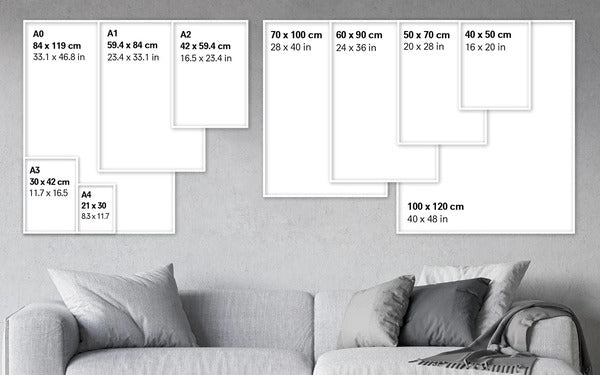
Webtoon canvas size
Conclusion
It's important to consider your personal needs and preferences when choosing the right canvas size for your artwork. From small canvases to larger ones, there are plenty of options available.
Hopefully, this article has helped you understand the various standard canvas sizes so that you can make the best choice for your project. Now that you know the options, why not give them a try? Experiment with different canvas sizes and create some amazing pieces of art!




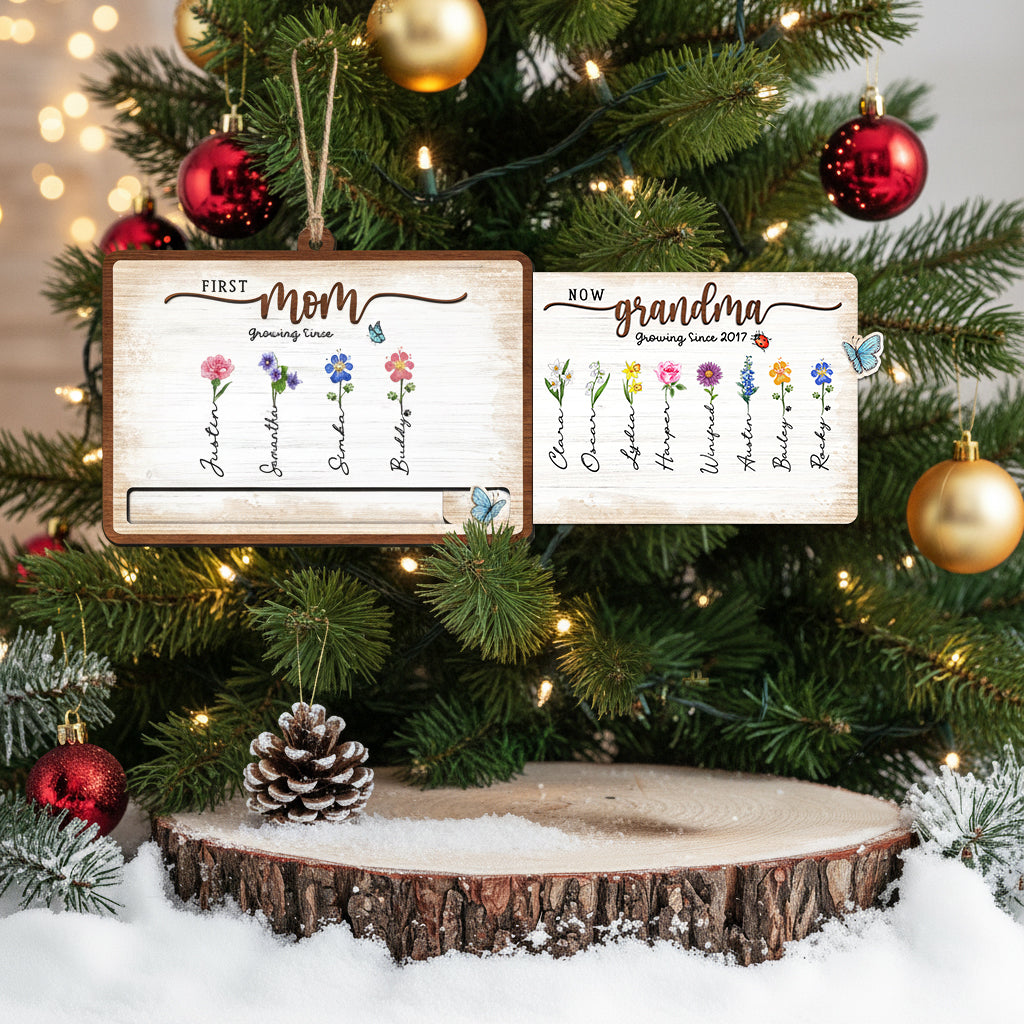

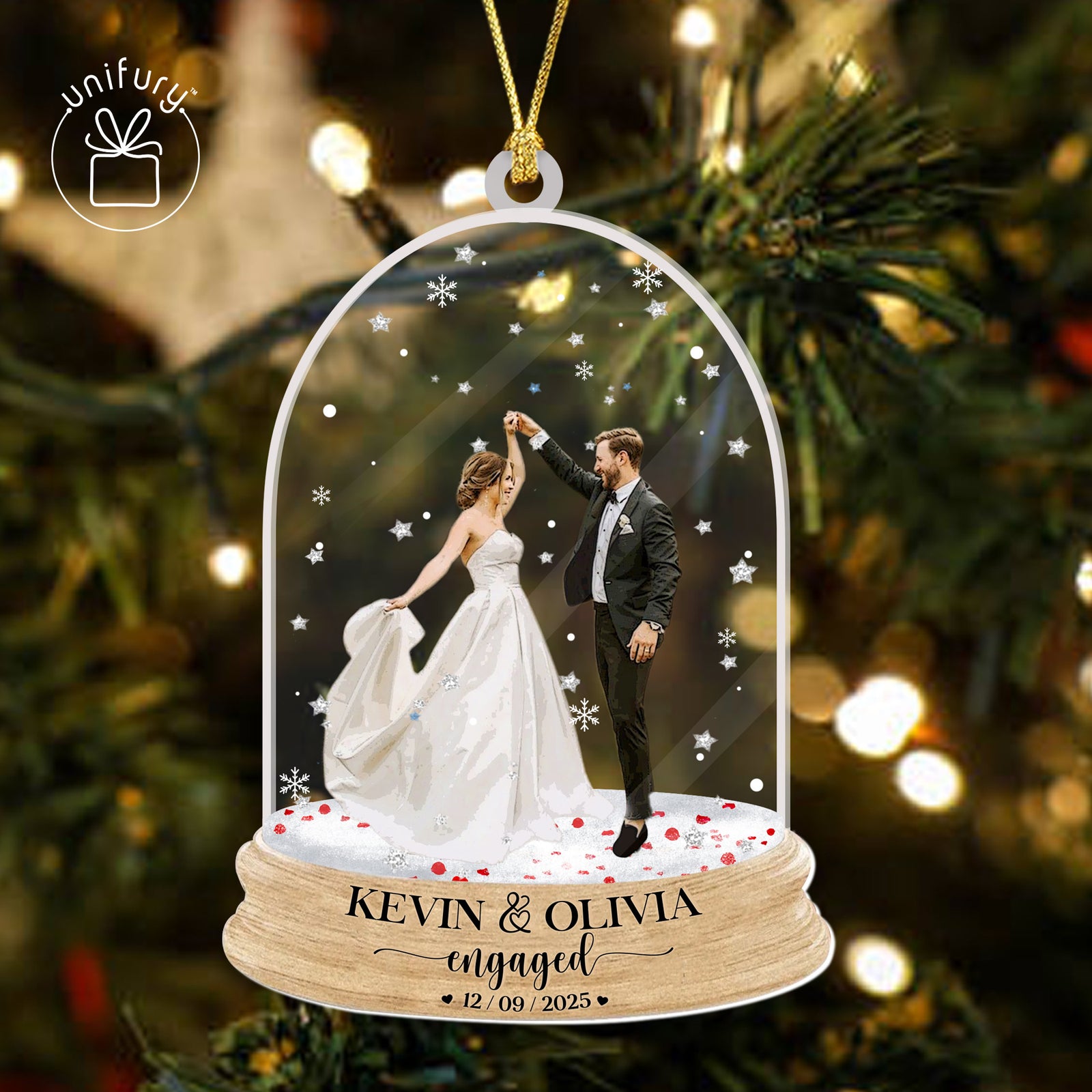




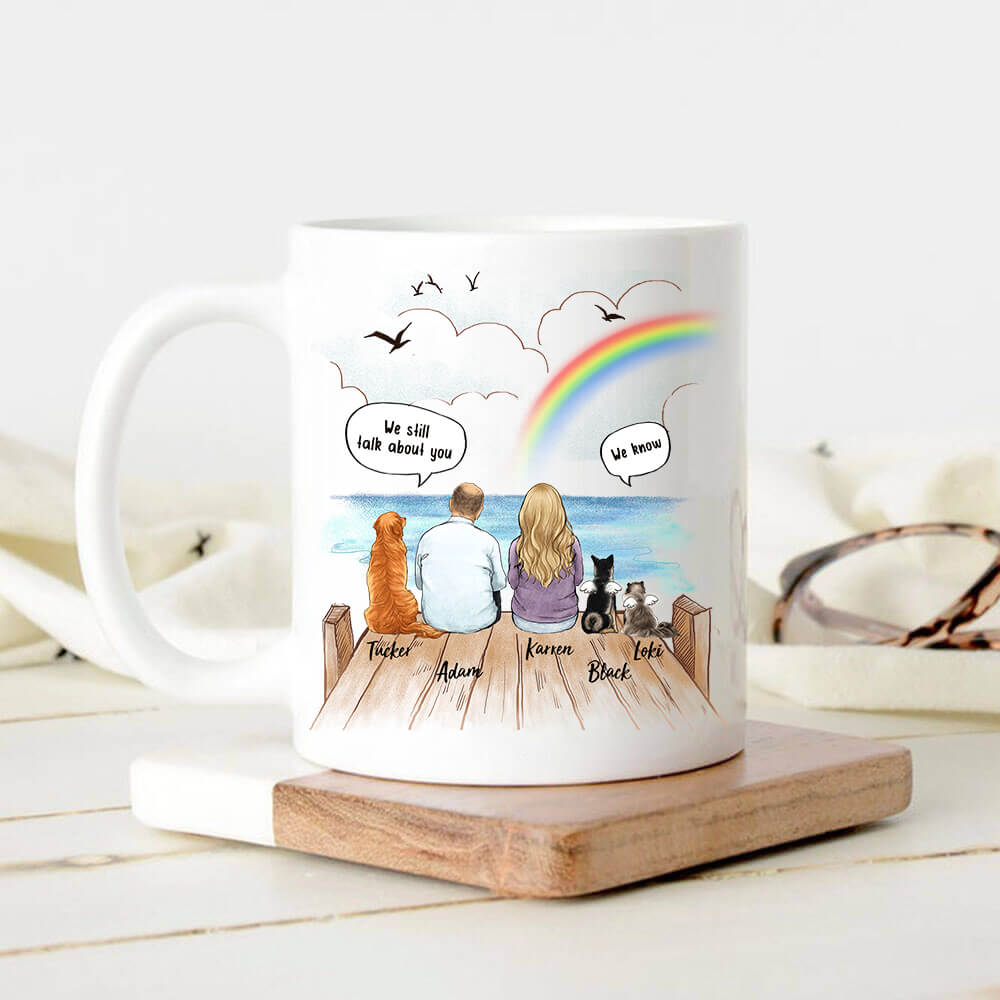
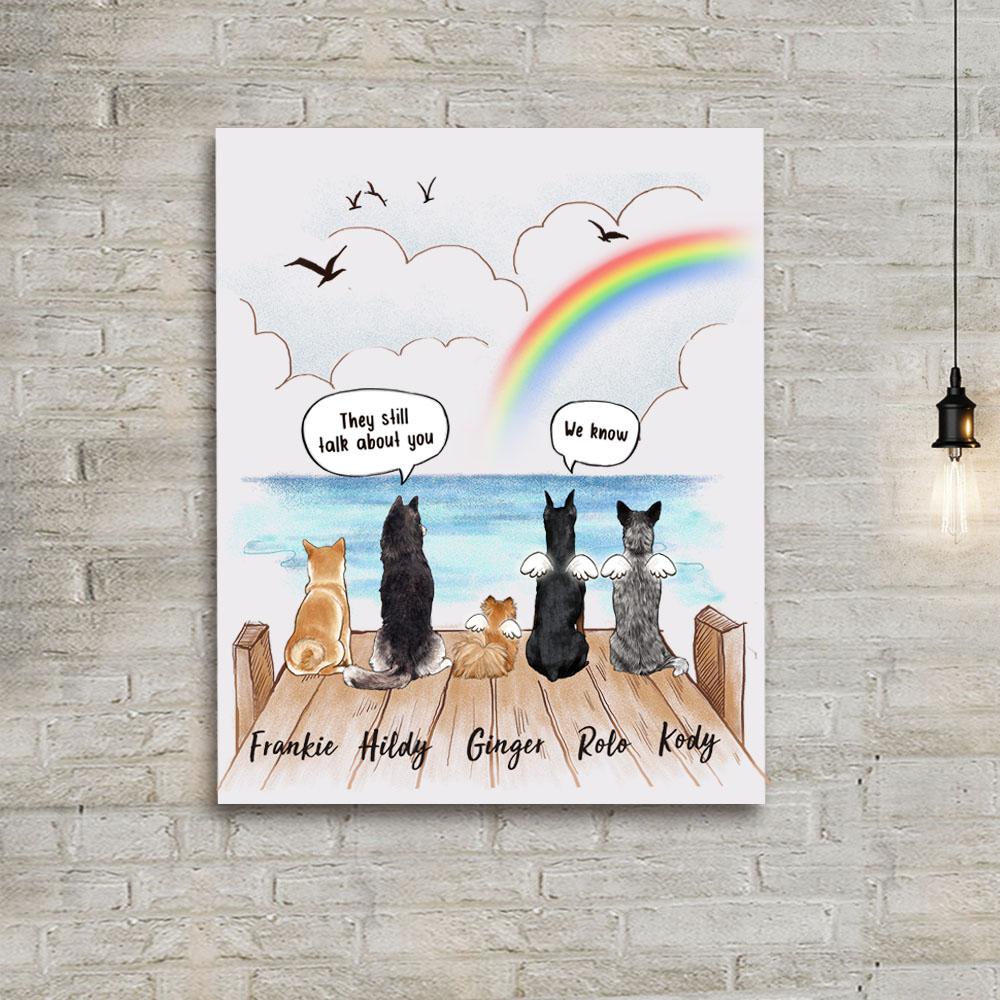





Leave a comment